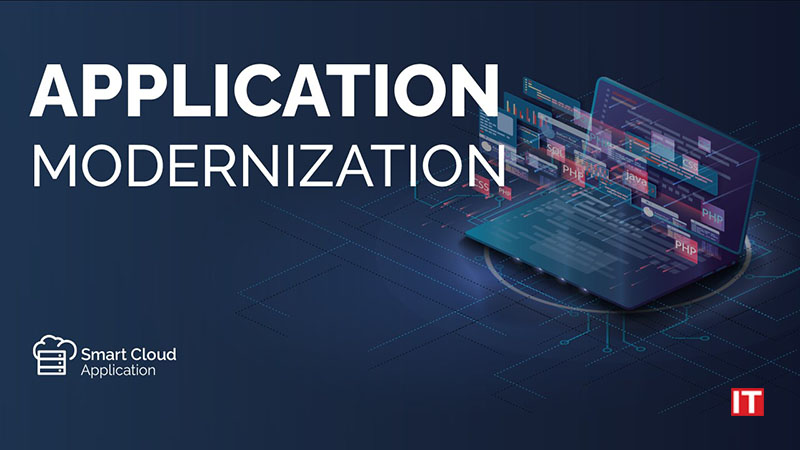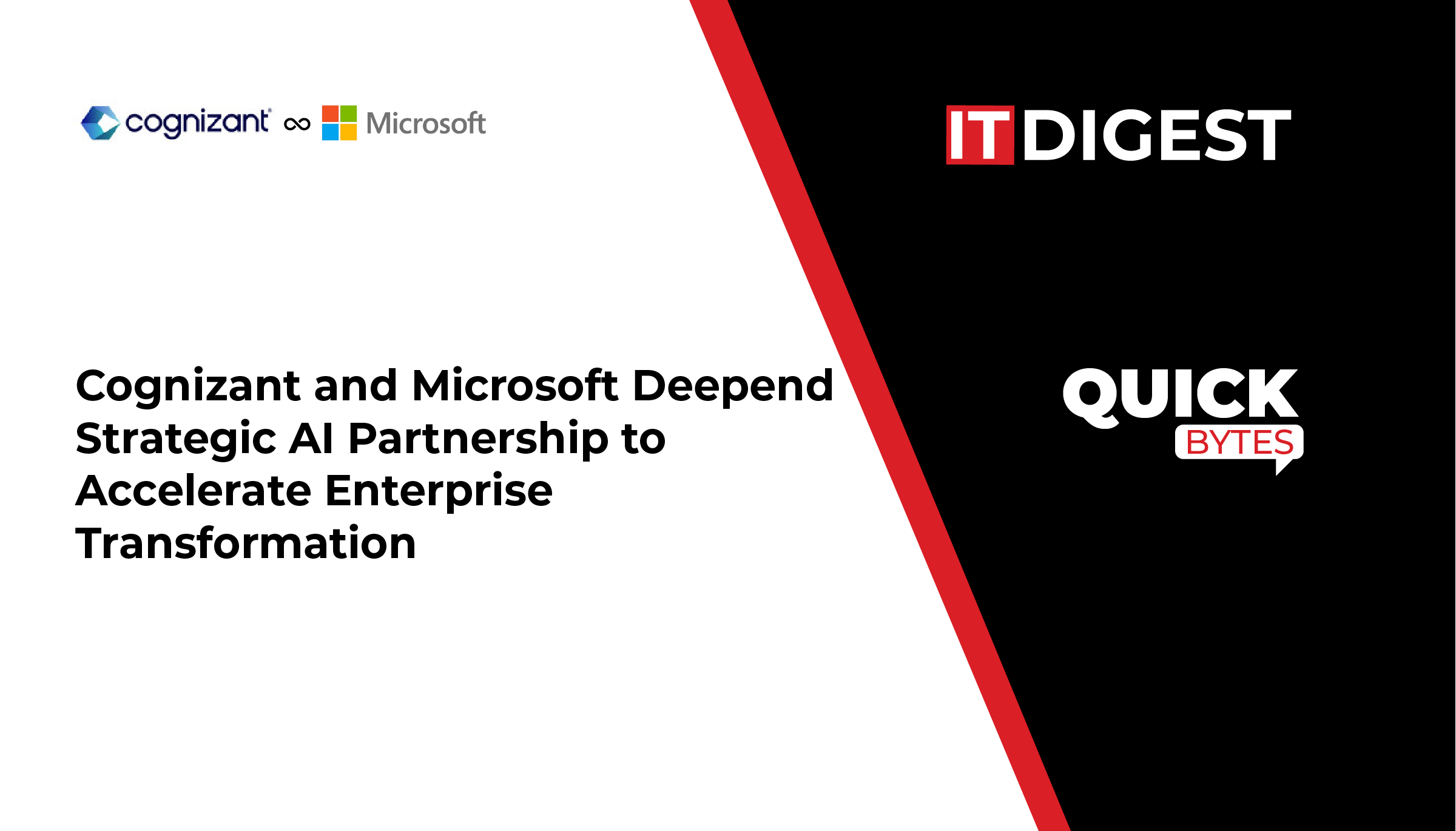Cisco, a global leader in networking and security, has introduced groundbreaking solutions designed to equip service providers with the tools to support and monetize AI-driven connectivity. As artificial intelligence (AI) applications continue to reshape industries, service providers are at the forefront of determining how, where, and when AI-generated data moves across networks. With these advancements, Cisco is enabling service providers to efficiently manage increasing data volumes while unlocking new revenue opportunities. These innovations further enhance the Cisco Silicon One portfolio, delivering the flexibility required to support evolving AI-driven services.
The rapid expansion of AI applications demands that data be processed closer to users and the edge of the network. This shift requires enhanced access speeds, improved service performance, increased resilience, and heightened data security. Cisco’s latest offering, Cisco Agile Services Networking, provides a comprehensive framework for AI connectivity, enabling service providers to capitalize on AI-driven demand while ensuring seamless and secure networking.
“The AI revolution is a massive potential tailwind for service providers,” said Jeetu Patel, EVP and Chief Product Officer, Cisco. “AI, and especially the advent of AI agents, will mean an incredible influx of new digital workers who will be working together and communicating constantly. Cisco’s Agile Services Networking is the blueprint for service providers as they look to capitalize on the opportunities of AI by meeting the demand for high-bandwidth, secure, and energy-efficient connectivity.”
Driving AI Connectivity and Expanding Service Potential
Service providers play a pivotal role in the AI ecosystem, managing the networks that bridge AI data sources with the applications that process and utilize it. They also oversee the data centers where AI training and inferencing occur, requiring advanced networking capabilities to handle vast data sets efficiently.
Cisco Agile Services Networking streamlines network operations by reducing complexity, converging network layers, and ensuring service reliability through AI-powered automation, observability, and security. By implementing this architecture, service providers can position services closer to end-users while optimizing their network infrastructure for intelligent service delivery.
Also Read: Cadence to Acquire Secure-IC, Embedded Security Leader
Key Innovations Powering AI-Driven Networks
To bring this architecture to life, Cisco is introducing several next-generation networking solutions:
Cisco Silicon One Systems and Platforms – Expanding the Cisco Silicon One and Cisco 8000 portfolios with new solutions for access, edge, and metro networks. These enhancements deliver consistency in control, sustainability, security, and manageability from the silicon level to full-scale network infrastructure. The new Cisco Silicon One A100 and K100 devices support fixed, centralized, and modular system deployments.
Cisco Coherent Pluggable Optics – Introducing 400G ULH (Ultra Long-Haul) coherent pluggable optics that allow service providers to connect locations up to 3,000 km apart without requiring traditional transponders. With updated 100G and 800G optics, Cisco continues to advance Routed Optical Networking, enabling service providers to simplify operations, improve network management, and reduce energy consumption by converging IP and optical layers.
Network Automation and Assurance – Enhancing automation capabilities with Cisco Crosswork Network Automation and Provider Connectivity Assurance (formerly Accedian Skylight). These tools leverage predictive AI technology to optimize network capacity planning and resource allocation. Additionally, Provider Connectivity Assurance integrates with Splunk, offering operators a comprehensive view of network infrastructure and application performance, enabling faster issue resolution through automated decision-making.
Sustainable and Efficient AI Networking
These innovations empower service providers to evolve their networks, introduce new services, and drive revenue growth while promoting sustainability. Cisco’s Agile Services Networking architecture is designed to be more energy-efficient and less resource-intensive than traditional, centralized deployments. A study on one edge architecture use case, featuring the Cisco 8000 series, projected a reduction of 324 metric tonnes of CO2e across the product’s lifecycle when combined with Cisco’s Takeback and Reuse program. Additionally, energy consumption was estimated to decrease by 80%.

































